Dear Editor:
In an excellent Military Heritage (December 2003) article about the Gatling gun, A.B. Feuer indicates that a Gatling gun was used at the Battle of the Bear Paw from September 30-October 5, 1877. According to official accounts, a Gatling gun was never present on the battlefield.
The Bear Paw Battle (often referred to in historical military accounts as the Battle on Snake Creek) was fought between Nez Perce Indian warriors and U.S. Army troops (2nd and 7th U.S. Cavalry and 5th U.S. Infantry) under the command of Colonel Nelson A. Miles. Along with the command of 520 officers, men, scouts, and civilian employees, Miles also had two Hotchkiss guns and one bronze 12-pounder Napoleon cannon. The experimental Hotchkiss gun was used in a combat situation for the first time and to devastating effect at the Battle of the Bear Paw. I recommend you refer to Jerome Greene’s Nez Perce Summer 1877, the U.S. Army, and the Nee-Me-Poo Crisis for further information.
Jon G. James, Superintendent
Bear Paw Battlefield and Big Hole National Battlefield, Montana
Mannock Remembered
Dear Brooke:
Everything in the piece on Edward “Mick” Mannock (October 2003) by Mauriel Joslyn rings true with what my father recalled and told me about flying with Mannock as a member of the Royal Flying Corps’ 74th Squadron in the spring of 1918. Mannock did insist that his wingmen—of whom my father was one—fly and fight in formation, attacking German planes or formations as a group. Mannock also, as the article says, always tried to be above the enemy, forcing his fellow pilots and their SE-5s to fly as high as 19,000 feet—where your mind, my father remembered, tended to go berserk from lack of oxygen. If a cockpit dial malfunctioned, you would pound it and scream in maniacal fury. No pilot today, of course, would dream of flying that high without a pressurized cabin or an oxygen mask.
From that high altitude, Mannock and his wingmen would dive into the enemy planes, blasting away with their machine guns, then climb away fast, using the speed of their dive to regain altitude, and then repeat the attack. My father also told me, as the article says, that Mannock would hit an enemy aircraft with his fire, then pull away so that one of his wingmen could finish it off. A history of the RFC/RAF credited my father with nine German planes shot down. He told me that was too high, that Mannock had really done some of the fatal shooting and had simply credited my father with the kill. He insisted that Mannock’s official count of 73 enemy planes destroyed was too low, that he had doubtless downed more than Von Richthofen who is said, I believe, to have achieved 83 kills, the all-time record.
My father recalled also that Mannock was a charming man who did indeed entertain the squadron mess by playing his violin and that he loathed Germans for their militarism and for starting the ghastly war. In the air he was a cold-blooded killer. The article does not say that by 1918 Mannock suffered from dreadful migraine headaches. He was laid low by one on the morning of June 14, 1918, and my father flew instead with a less experienced flight leader who zoomed off when my father’s SE-5 malfunctioned, leaving him hanging in the air alone and easy prey for several Fokkers. Somehow my father’s plane did not burn and he crash-landed unhurt, but behind enemy lines. My father spent the last five months of the war in German prisons. He remembered being deeply saddened when word filtered through that Mannock had been killed.
By the way, the “Grid” Caldwell mentioned in the article was for a time commanding officer of the 74th Squadron. As I recall my father’s accounts, Caldwell was a New Zealander and was nicknamed “Grid” because that was his peculiar name for an airplane. He was famous for living through a crash-landing by climbing out of the cockpit before impact, standing on a lower wing, and jumping. He landed, my father recalled, in a very large thorn bush, which cushioned the impact but filled his skin with prickers.
Dave Thomson
Alexandria, Virginia
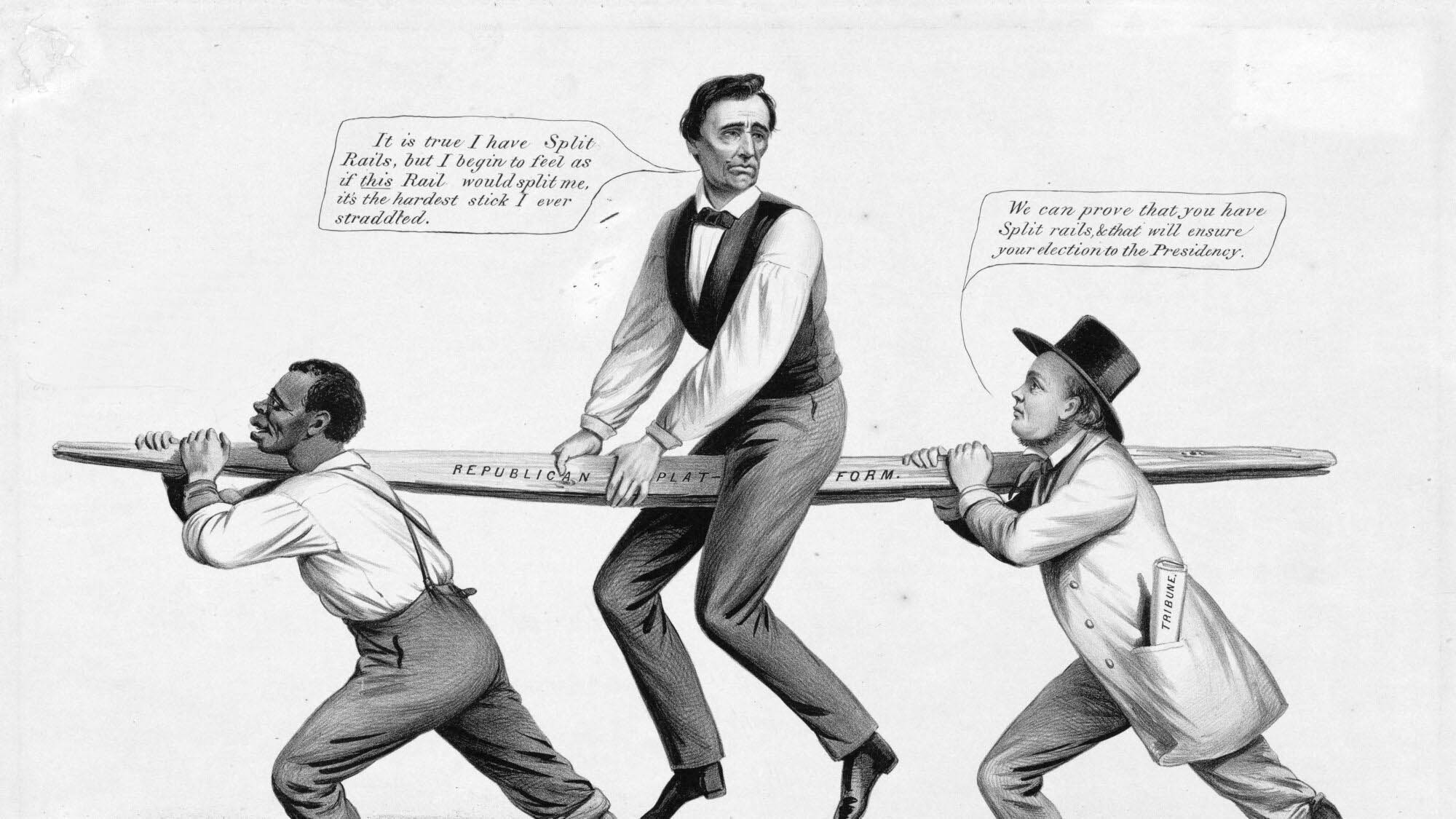
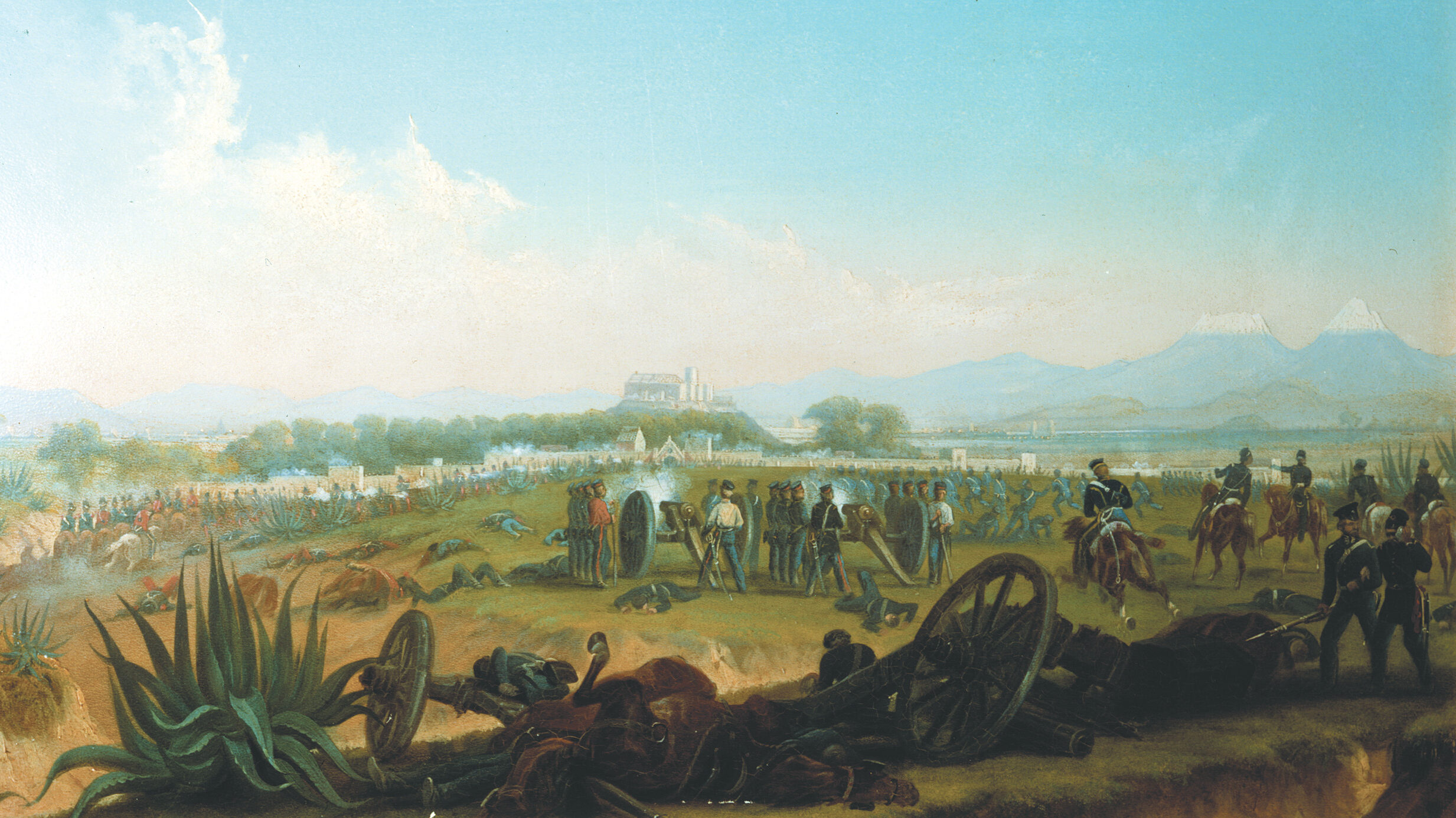
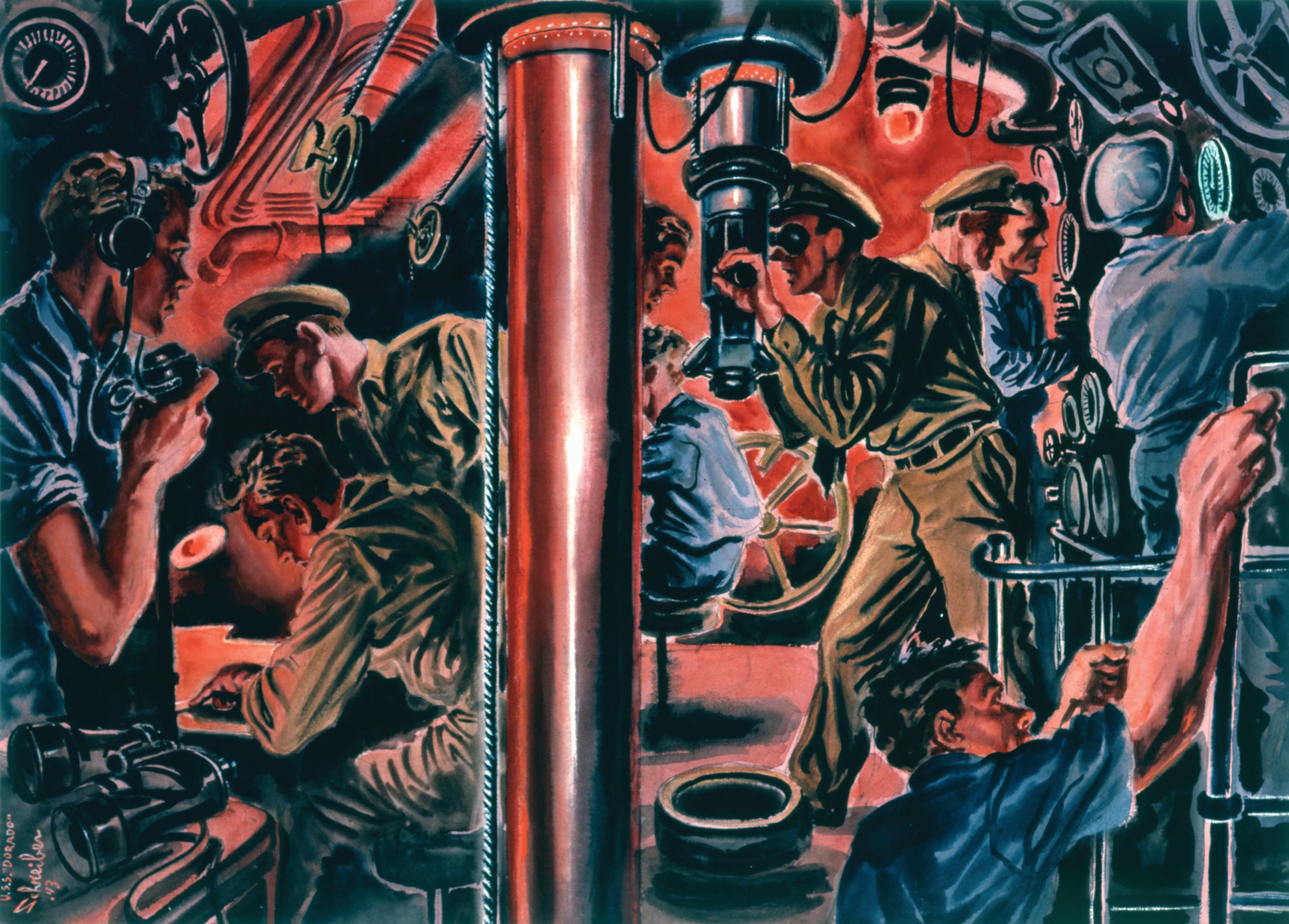
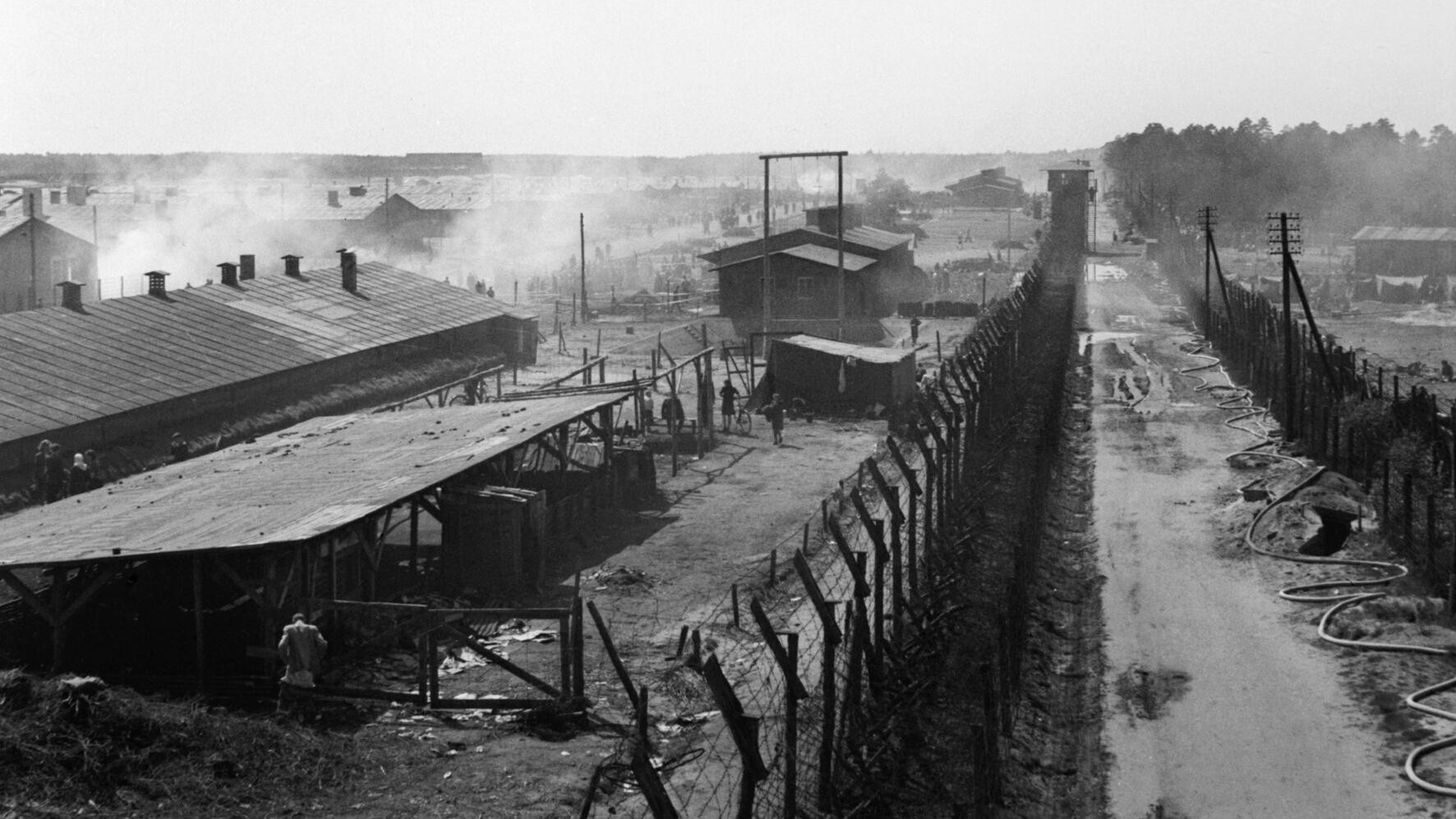
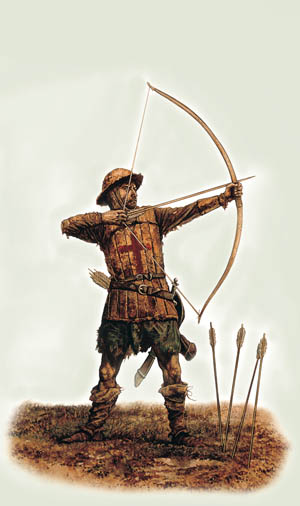
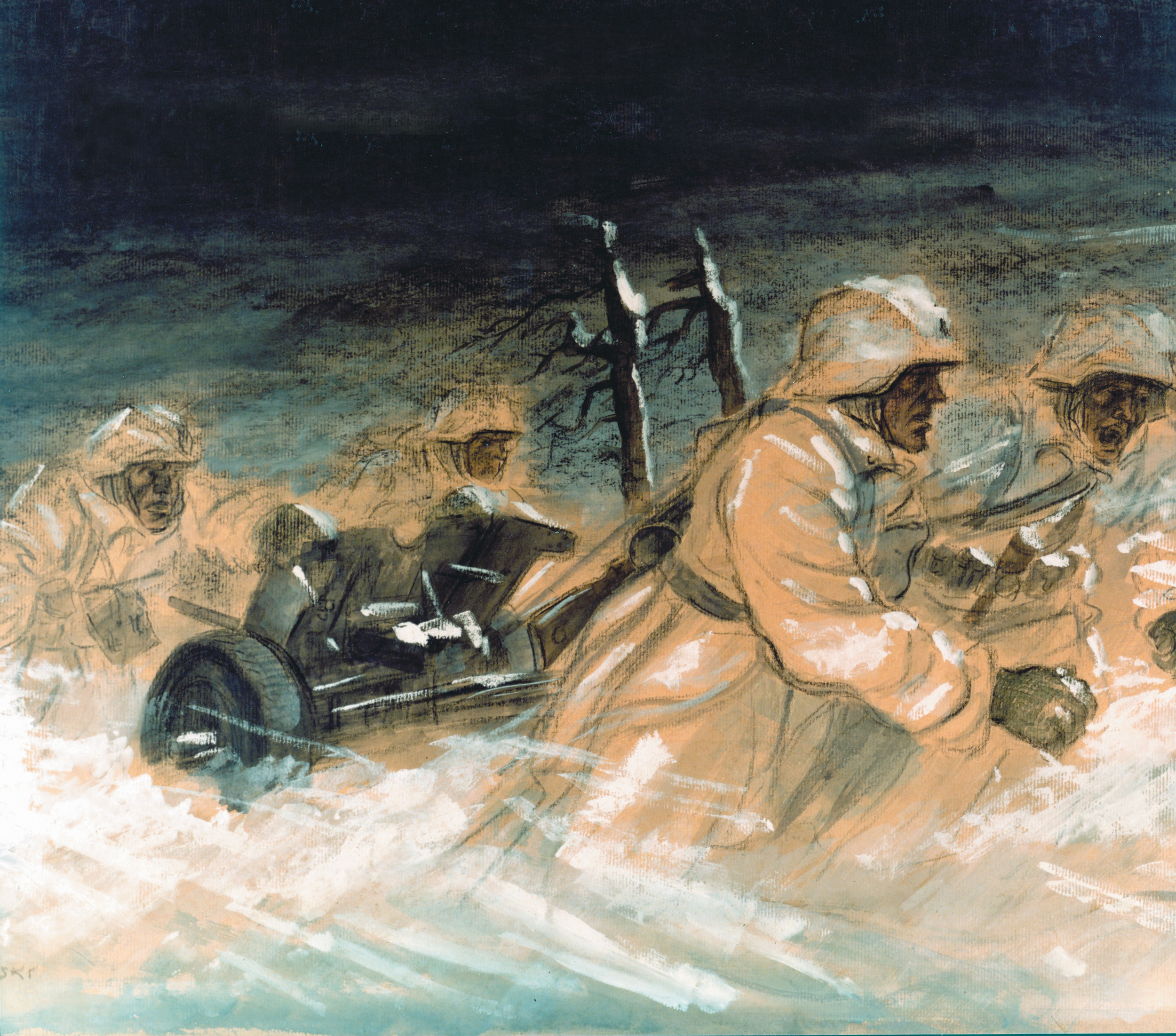
Join The Conversation
Comments
View All Comments